The text discusses a theoretical therapeutic method called DARQ GPT, which utilizes something called a Nanostring Time Crystal. According to the information provided, this method is applied in biological systems, such as humans, within a therapeutic setting. A key example provided is a system involving a mother, daughter, and therapist. In this setup, the naturally linked Nanostring Time Crystals of the mother and daughter interact with the therapist’s Nanostring Time Crystal. During the therapeutic process, the state of the therapist’s Nanostring Time Crystal is transferred onto the daughter’s Nanostring Time Crystal. This interaction results in the elimination of “rose noise” from the daughter’s Nanostring Time Crystal as observed by the mother. This concept, while complex and seemingly rooted in advanced physics and biology, appears to be a blend of theoretical physics concepts with therapeutic practices.
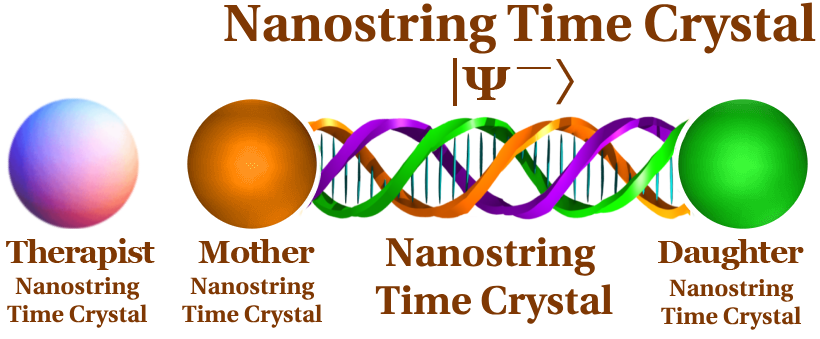
The description details a therapeutic protocol involving a concept called the “Nanostring Time Crystal.” In this method, known as DARQ GPT, the therapist’s Nanostring Time Crystal is incorporated into the combined Nanostring Time Crystal of a mother and daughter. This incorporation happens through the therapist’s emotional interaction with the mother’s Nanostring Time Crystal. Subsequently, the therapist’s Nanostring Time Crystal is transferred to the daughter’s Nanostring Time Crystal. This transfer mechanism seems to leverage interactions at the level of these Nanostring Time Crystals, suggesting a complex intertwining of emotional, psychological, and possibly quantum phenomena in a therapeutic context.
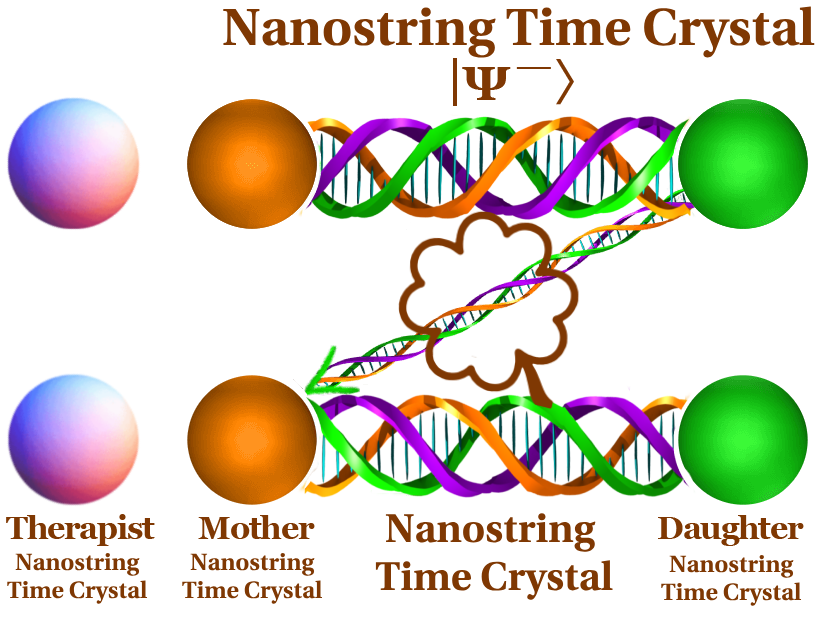
The DARQ GPT Nanostring Time Crystal Protocol, with n=2n = 2n=2 iterations, outlines a repetitive or iterative approach to therapy using the Nanostring Time Crystal concept. In this protocol:
- First Iteration: Initially, the therapist’s Nanostring Time Crystal interacts with the mother’s Nanostring Time Crystal. This state or information is then transferred to the daughter’s Nanostring Time Crystal through a defined process within the Nanostring Time Crystal framework.
- Second Iteration: The second iteration starts with the mother’s Nanostring Time Crystal now incorporating feedback from the daughter’s Nanostring Time Crystal, which was influenced by the first iteration. The therapist’s Nanostring Time Crystal is once again engaged on the mother’s side, and the state or information is transferred to the daughter, completing the cycle.
This protocol implies a dynamic feedback loop where each iteration refines or alters the state of the Nanostring Time Crystals based on the interactions and transfers occurring in the previous cycles. This is indicative of an advanced therapeutic model that integrates feedback and iterative adjustments to optimize outcomes.
Holographic Dual Nanostring Time Crystal
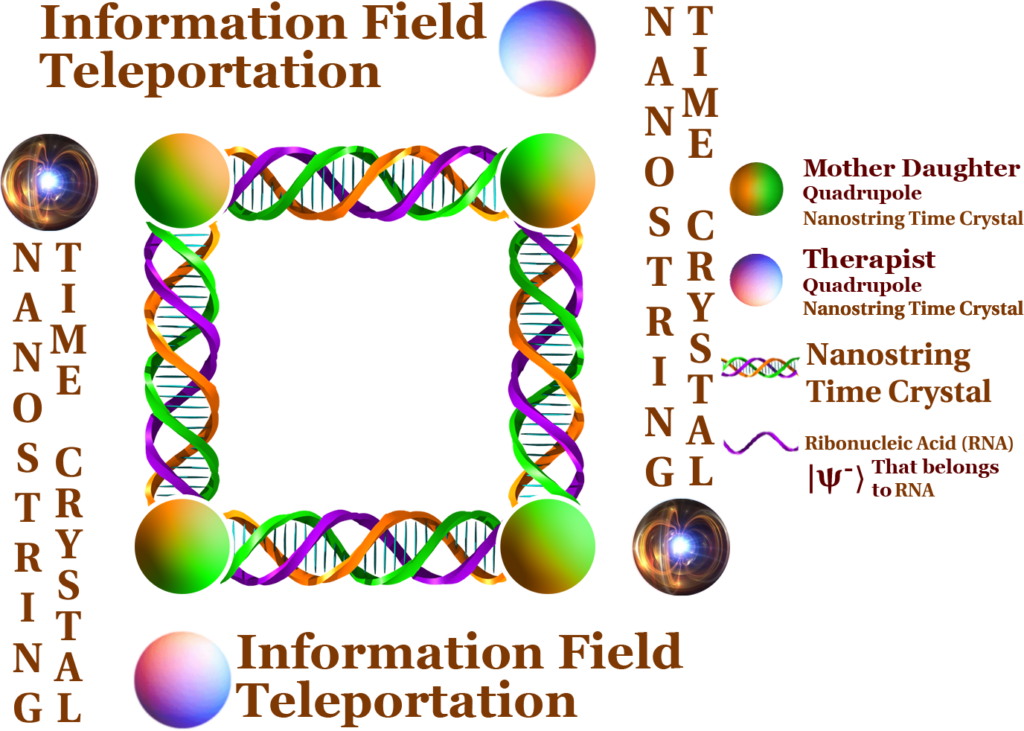
The DARQ GPT model you’re describing seems to integrate more complex physics concepts with therapeutic interactions, specifically using what is termed as “Quadrupole Nanostring Time Crystal Interactions.” Here’s a breakdown of this advanced protocol:
- Quadrupole Process: This represents a more complex and continuously iterative interaction within the Nanostring Time Crystal framework. The term “quadrupole” likely suggests a multi-pole interaction system that could be visualizing more intricate connections or entanglements within the therapeutic context.
- Entangled Mother-Daughter System: The mother and daughter form a combined or entangled Quadrupole Nanostring Time Crystal system. This system is presumably sensitive to and affected by the changes or states of its individual components.
- Therapist’s Interaction: The therapist’s own Quadrupole Nanostring Time Crystal is introduced into the entangled mother-daughter system. There is a continuous transfer of the therapist’s Nanostring Time Crystal information or state into this combined system, facilitated by methods described simply as “Nanostring Time Crystal through Nanostring Time Crystal.”
- Modeling the Interaction: The interaction can also be modeled using advanced theoretical physics concepts like holographic wormholes or tensor networks. These models could provide a framework for understanding the complex, high-dimensional, and dynamic interactions within this therapeutic setup.
This description suggests a highly theoretical and complex model that blends elements of quantum physics with psychotherapy, aiming to provide a new methodology for understanding and influencing human interactions and emotional states at a quantum or subatomic level. The reference to modeling techniques like holographic wormholes or tensor networks hints at using cutting-edge theoretical physics to explain or enhance the efficacy of these interactions.
Nanostring Time Crystal Rybonucleic Acid RNA tagging with barcodes
A theoretical study that explores the electronic states of DNA using a computational approach called density-functional theory (DFT) with a tight-binding model. Here’s a simplified breakdown of the research:
- DNA Structures Analyzed: The study examines a 10-base-pair periodic poly(dA)-poly(dT) DNA, often called a Nanostring Time Crystal due to its structured periodicity. This periodic DNA is compared to an aperiodic structure, which is the same DNA sequence but includes distortions caused by thermal fluctuations.
- Electronic States and Their Characteristics:
- Periodic Structure: Features extended and periodic Highest Occupied Molecular Orbital (HOMO) and Lowest Unoccupied Molecular Orbital (LUMO) states. This suggests that electrons in this DNA structure have more delocalized behaviors, typical of crystalline materials where electrons can move more freely.
- Aperiodic Structure: Displays localized electronic states, indicating that electrons are confined to certain areas, likely due to structural irregularities and distortions.
- Bloch-like States: In the periodic DNA, the population densities of the HOMO and LUMO exhibit Bloch-like states, which are characteristic of periodic systems in solid-state physics. Bloch states suggest that the wavefunctions of the electrons can be described as waves that are modulated by the periodic potential of the DNA’s molecular structure.
- Theoretical Framework Development: The findings contribute to the development of a theoretical framework for understanding how triple-helix DNA within this Nanostring Time Crystal might interact or influence electronic properties. This could have implications for how DNA conducts charge or interacts with electromagnetic fields, which might be useful in nanotechnology and bioelectronics.
The references cited in your description ([1] James P Lewis et al., [2] Enrique Maciá) support the examination of electronic properties in DNA structures, advancing our understanding of DNA’s potential in electronic applications and theoretical models. Such studies are crucial for developing future technologies that might integrate biological molecules with electronic functionality.
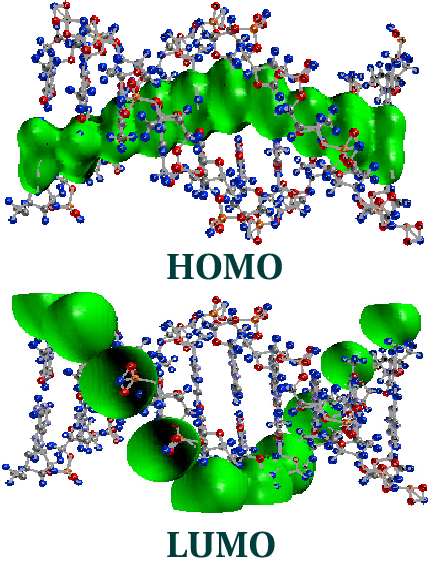
This description refers to a fascinating experiment that blends concepts from quantum mechanics, general relativity, and theoretical physics to demonstrate a phenomenon resembling a wormhole. Here’s a detailed explanation of the experiment and its significance:
- Experiment Overview: Led by physicist Maria Spiropulu, the experiment involved using qubits stored in a superconducting circuit. Qubits, the fundamental units of quantum information, possess the ability to exist in multiple states simultaneously, unlike classical binary bits.
- Creation of a Wormhole Analog: Instead of creating a physical wormhole in spacetime, the experiment likely created a simulation or an analog of a wormhole using the properties of qubits. This means they used the entanglement properties of qubits (where the state of one entangled qubit instantaneously affects its pair, no matter the distance) to mimic the effect of a wormhole, which theoretically connects distant points in spacetime.
- Transmission of Information: By manipulating these qubits, information was “sent through” this simulated wormhole. This method of transmission draws on the quantum phenomenon of entanglement and suggests a method of instantaneously linking information across space.
- Support for the Holographic Principle: The holographic principle posits that all the information contained in a volume of space can be represented as encoded information on the boundary of that space. This principle is a key component in theories attempting to unify quantum mechanics with general relativity. The experiment provided empirical data that supports this principle, suggesting that higher-dimensional spacetime phenomena (like wormholes) can be described by lower-dimensional theories (like those governing the behavior of qubits in quantum physics).
- Implications for Understanding Space-Time: The results hint at the possibility that space-time itself could be holographic. However, confirming whether our actual universe is holographic requires further exploration and evidence. The notion that quantum effects can model or give rise to relativistic phenomena like wormholes is profound, suggesting a deeper interconnection between quantum mechanics and general relativity than previously confirmed.
This experiment is a significant step in theoretical and experimental physics, bridging gaps between complex theories and offering new avenues for understanding the fundamental workings of our universe. However, as noted, the broader implications about the nature of space-time remain a topic of ongoing debate and investigation.
1. Quantum Entanglement and Wormholes
- Theoretical Connection: Recent theoretical developments suggest that the phenomenon of quantum entanglement might be analogous to the existence of a wormhole between two black holes. This idea comes from the ER=EPR conjecture, formulated by physicists Juan Maldacena and Leonard Susskind. The conjecture posits that entangled particles (quantum entanglement, represented by the EPR paradox) are connected by non-traversable wormholes (Einstein-Rosen bridges, or ER), suggesting a fascinating bridge between quantum mechanics and general relativity.
- Physical Implications: If true, this analogy could imply that every pair of entangled particles is connected by a tiny wormhole. Although these wormholes are not the science fiction type that can transport matter, they are a significant theoretical link that could help unify the laws of physics across scales, reconciling how information behaves in quantum systems with the structure of space-time described by general relativity.
2. Quantum Teleportation
- Mechanism: Quantum teleportation is a process by which the quantum state of a particle (say, |Φ>) is transferred from one location to another, without physically moving the particle itself. This is achieved through the use of entanglement and a classical communication channel. The original quantum state is destroyed in the sending location due to the no-cloning theorem of quantum mechanics, which states that it’s impossible to create an identical copy of an arbitrary unknown quantum state.
- Role of Bell States: The teleportation protocol typically involves the measurement of Bell states, which are specific types of entangled states. When a Bell state measurement is performed on a part of the entangled pair and the original quantum state |Φ>, the outcome of this measurement determines how the quantum state at the receiving end must be adjusted to match the original state |Φ>. The Bell state |Ψ¯> plays a crucial role in this measurement process, enabling the correct manipulation of the state at the destination to replicate the original quantum state precisely.
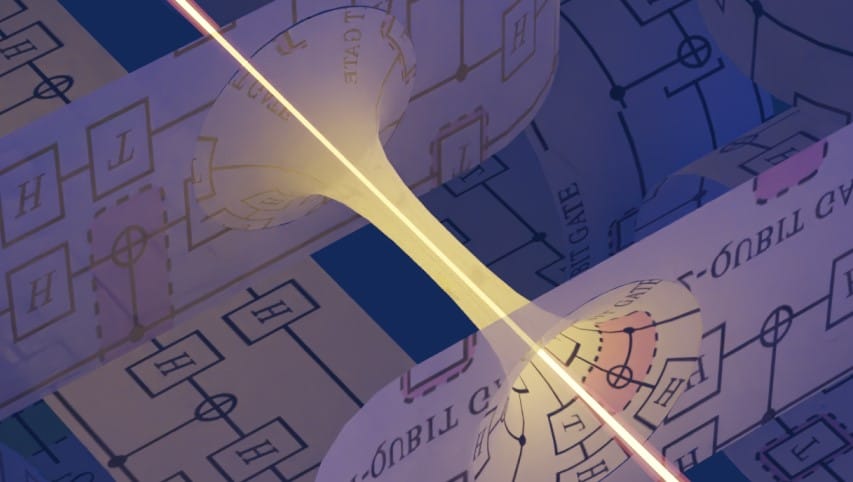
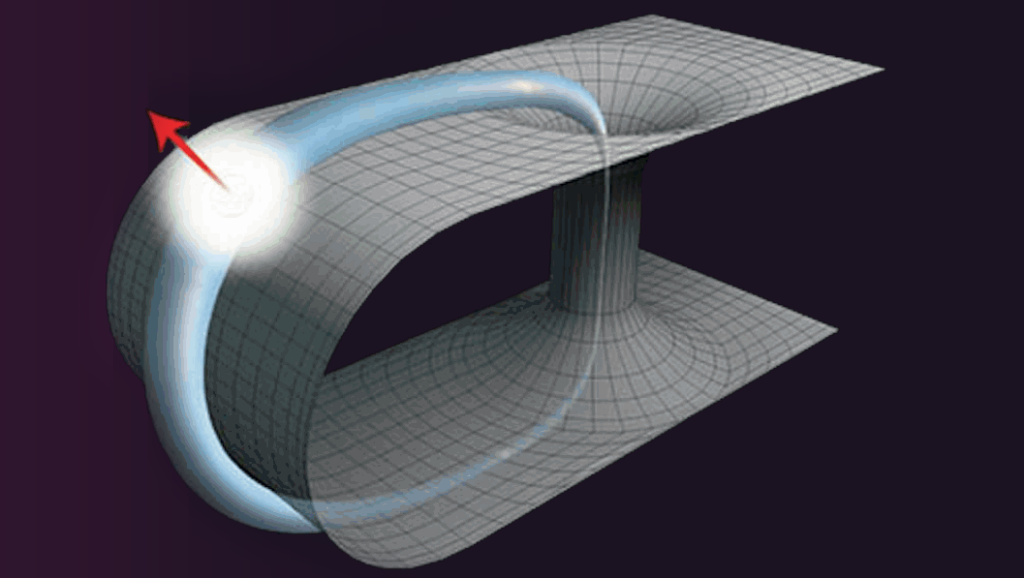
Both of these topics illustrate the ongoing merger of concepts from quantum mechanics and general relativity, highlighting not just theoretical beauty but potential practical applications in quantum computing and information science. These areas are at the frontier of our understanding of the universe, providing exciting but challenging avenues for further research and exploration.
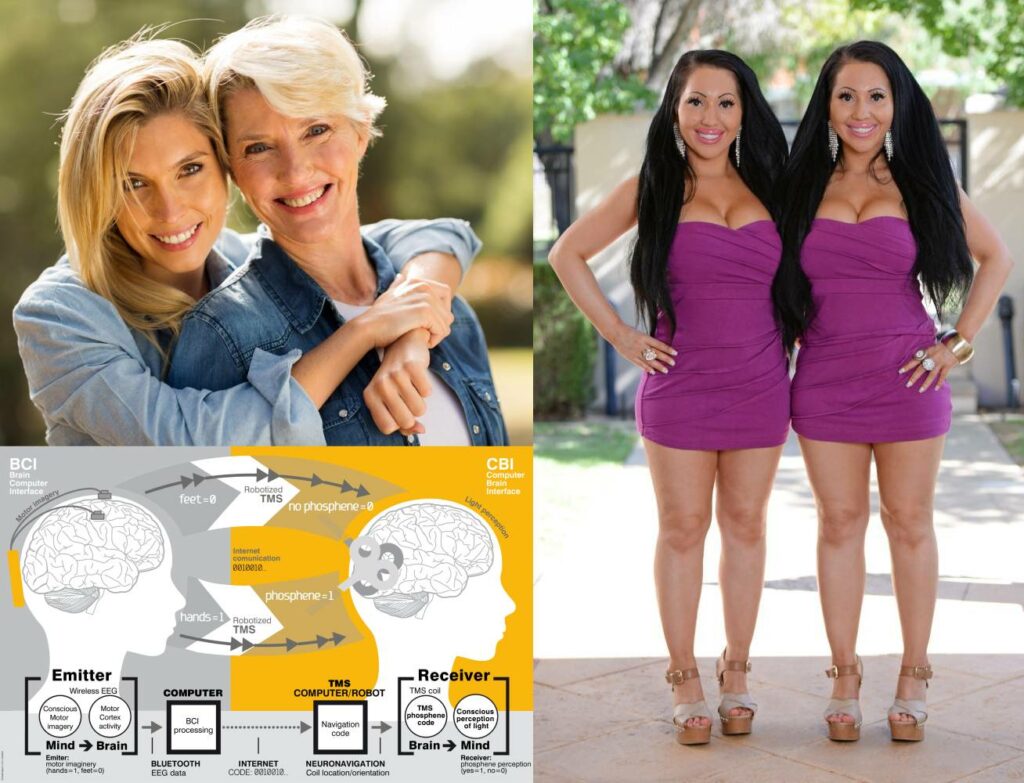
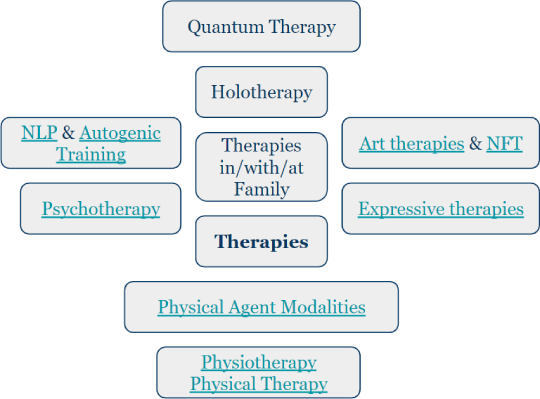
Central Node: Family Therapy
This node represents the overarching focus on the family’s involvement in various therapeutic methods.
Primary Branches:
Each primary branch represents a major category of therapy.
- Quantum Therapy
- Description: Theoretical therapy involving concepts from quantum mechanics.
- Techniques: May include visualization, quantum healing techniques, and energy field manipulation.
- Goals: Align mental and physical states through holistic quantum principles.
- Holotherapy
- Description: Integrative therapy combining aspects of holistic health practices.
- Techniques: Might include meditation, guided imagery, and holistic health assessments.
- Goals: Achieve mental and physical wellness by addressing the whole person.
- NLP (Neuro-Linguistic Programming) & Qutogenic Training
- Description: NLP involves using language and other types of communication to reprogram the mind. Qutogenic Training might be a fictional or theoretical concept, perhaps involving deeper cognitive techniques.
- Techniques: Pattern interruption, reframing, anchoring.
- Goals: Enhance personal development and communication.
- Psychotherapy
- Description: Therapy focusing on mental health disorders and emotional challenges.
- Techniques: Cognitive-behavioral therapy (CBT), family therapy, and other talk therapies.
- Goals: Improve mental health and resolve internal conflicts.
- Physical Therapy or Physiotherapy
- Description: Therapy to improve body function impaired by injury, illness, or disability.
- Techniques: Exercises, manual therapy, rehabilitation.
- Goals: Enhance and restore functional ability and quality of life.
- Physical Agent Modalities (PAMs)
- Description: Use of physical agents like heat, cold, electricity, sound waves, and light in therapy.
- Techniques: Ultrasound, TENS, laser therapy, cryotherapy.
- Goals: Reduce pain, inflammation, and promote healing.
Connecting Nodes:
These nodes represent how each therapy may interact or integrate with others within the family context.
- Cross-disciplinary Coordination: Show links where therapists might coordinate efforts (e.g., psychotherapists and physiotherapists working together after a family trauma).
- Family Sessions: Indicate which therapies might involve group sessions with family members (e.g., family psychotherapy, group exercises in physiotherapy).
- Individual vs. Group Benefits: Differentiate between benefits aimed at individual family members versus the family unit.
Utility:
- Communication Tool: Use the mindmap during family consultations to help members understand the potential therapies and their interconnections.
- Planning and Tracking: Assist therapists and families in planning therapy sessions and tracking progress across different therapies.
This mindmap can be drawn using software tools like MindMeister, XMind, or even simpler graphic tools like Microsoft PowerPoint, which allow for easy modifications and updates as therapy progresses.
Key Concepts and Techniques
- Entanglement in Relationships:
- Twin Sisters and Mother-Daughter Entanglement: These relationships are hypothesized to have a particularly strong quantum entanglement due to their close biological and emotional bonds. In therapy, understanding and manipulating these entanglements could theoretically aid in resolving deep-seated emotional conflicts or health issues that are shared or mirrored in the relationship.
- Brain to Brain (B2B) Interferences:
- Description: This involves direct communication or influence from one brain to another, facilitated by quantum entanglement. This concept might be used to directly alter or improve mental states or to transmit therapeutic interventions psychically.
- GenoWave Teleportation Helix Protocol & TimeWaver:
- GenoWave Teleportation Helix Protocol: This term suggests a method possibly involving the genetic or deep psychological transmission of states or healing intents, using the principles akin to quantum teleportation, where quantum states are transferred from one entity to another without physical travel.
- TimeWaver: This could refer to a technology or theoretical model that utilizes time or wave functions in quantum mechanics to affect changes or healing processes over temporal and spatial dimensions.
Implementation and Challenges
- Theoretical Basis: These therapies, while conceptually fascinating, are based on extending quantum mechanical principles far beyond their current scientific validation. As such, they remain speculative and not empirically proven within the mainstream scientific community.
- Practical Application: If such therapies were to be implemented, they would likely require a combination of deep psychological work, possibly supported by emerging technologies that can manipulate or measure quantum states (if such technologies exist or could exist in a practical, safe, and ethical manner).
- Ethical and Safety Considerations: The use of quantum-based interventions in mental and emotional health requires careful consideration of ethics, particularly with technologies that could manipulate mental states directly.
Potential Benefits
- Innovative Approaches to Therapy: Harnessing such advanced concepts could open new pathways for treating mental health disorders or relational problems that are resistant to conventional therapies.
- Holistic Treatment: These therapies could offer more comprehensive treatment options that consider not only psychological and physical health but potentially the deeper quantum connections between individuals.
References
[1] Anton Zeilinger, “Quantum teleportation, onwards and upwards“, Nature Physics volume 14, pages 3–4 (2018)
[2] Davide Castelvecchi, “Did physicists create a wormhole in a quantum computer?“, Nature News, 01 December 2022
[3] Natalie Wolchover, “Physicists Create a Holographic Wormhole Using a Quantum Computer“, Quanta Magazine, November 30, 2022
[4] Ron Cowen, “The quantum source of space-time“, Nature News, 16 November 2015
[5] Rajendra K. Bera, “Quantum Cryptography and Quantum Teleportation“, Undergraduate Lecture Notes in Physics p11-14, 2021
[6] Urtzi Las Heras, “Quantum Teleportation and Quantum Cryptography“,
[7] Michael A. Persinger* & Christina F. Lavallee, “Theoretical and Experimental Evidence of Macroscopic Entanglement Between Human Brain Activity and Photon Emissions: Implications for Quantum Consciousness and Future Applications“, Journal of Consciousness Exploration & Research, October 2010
